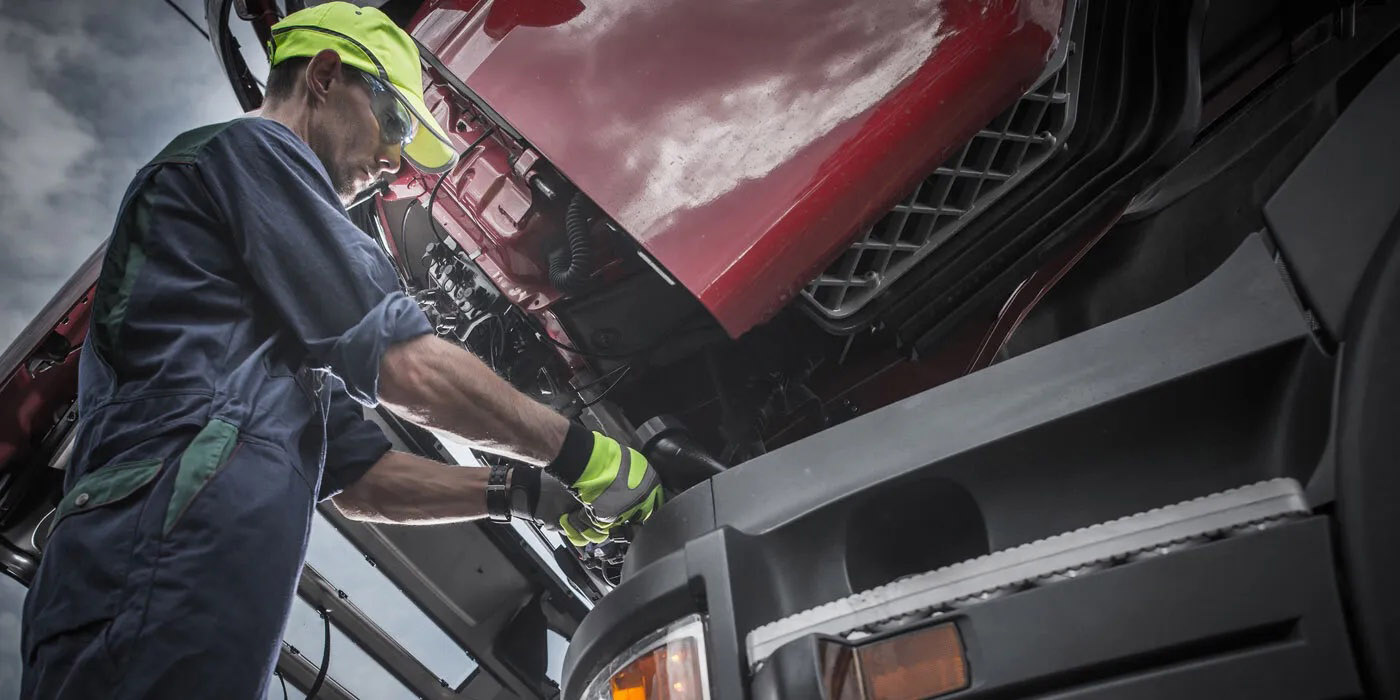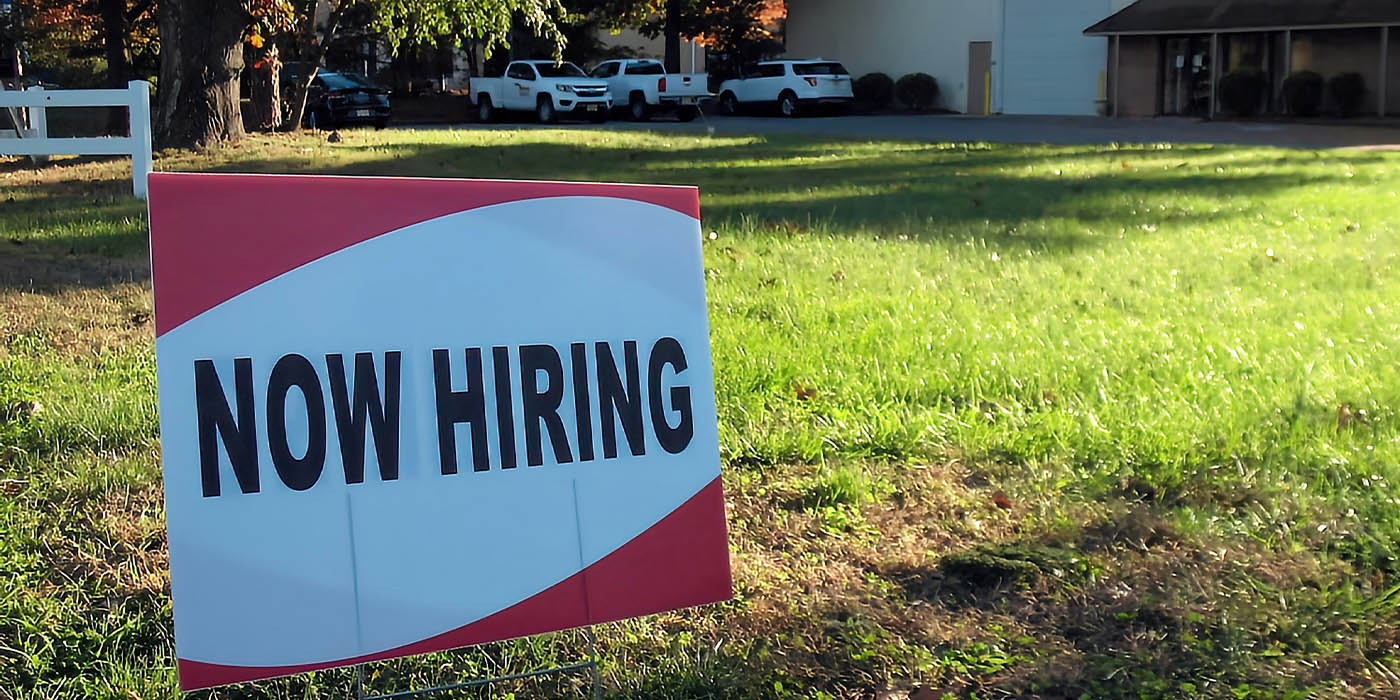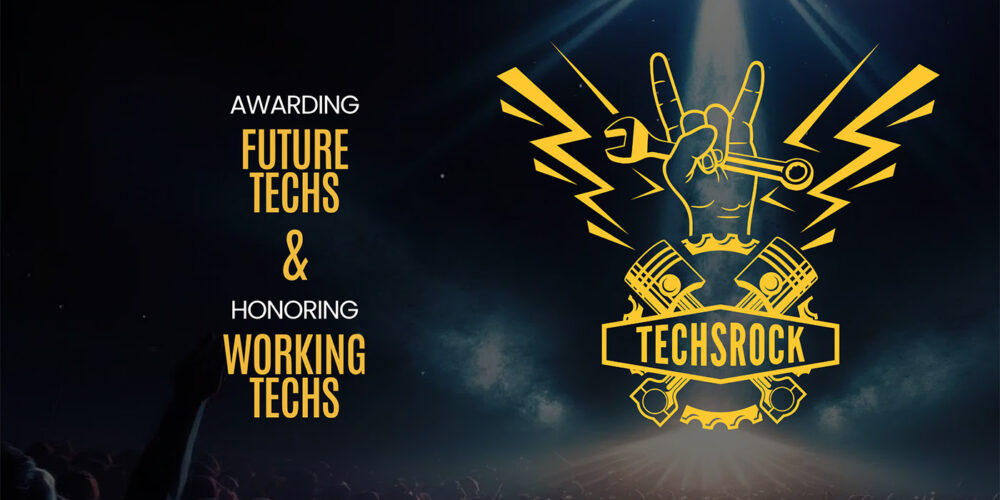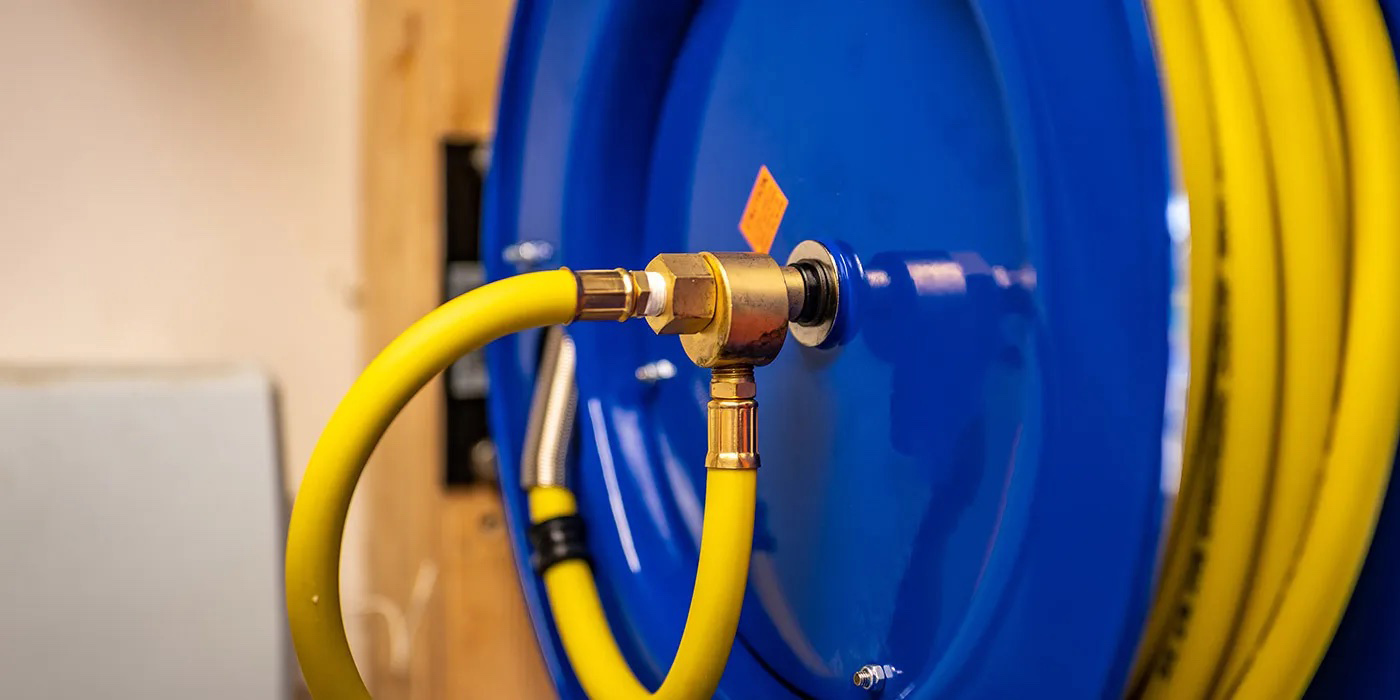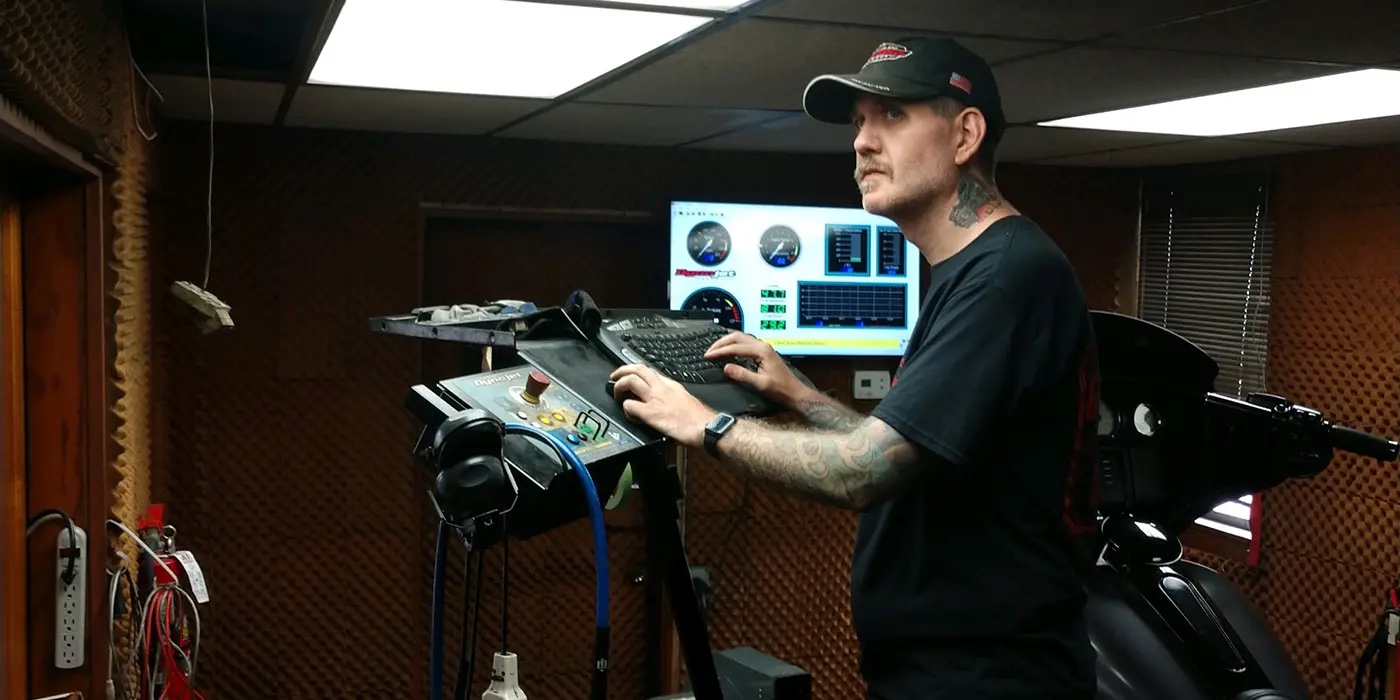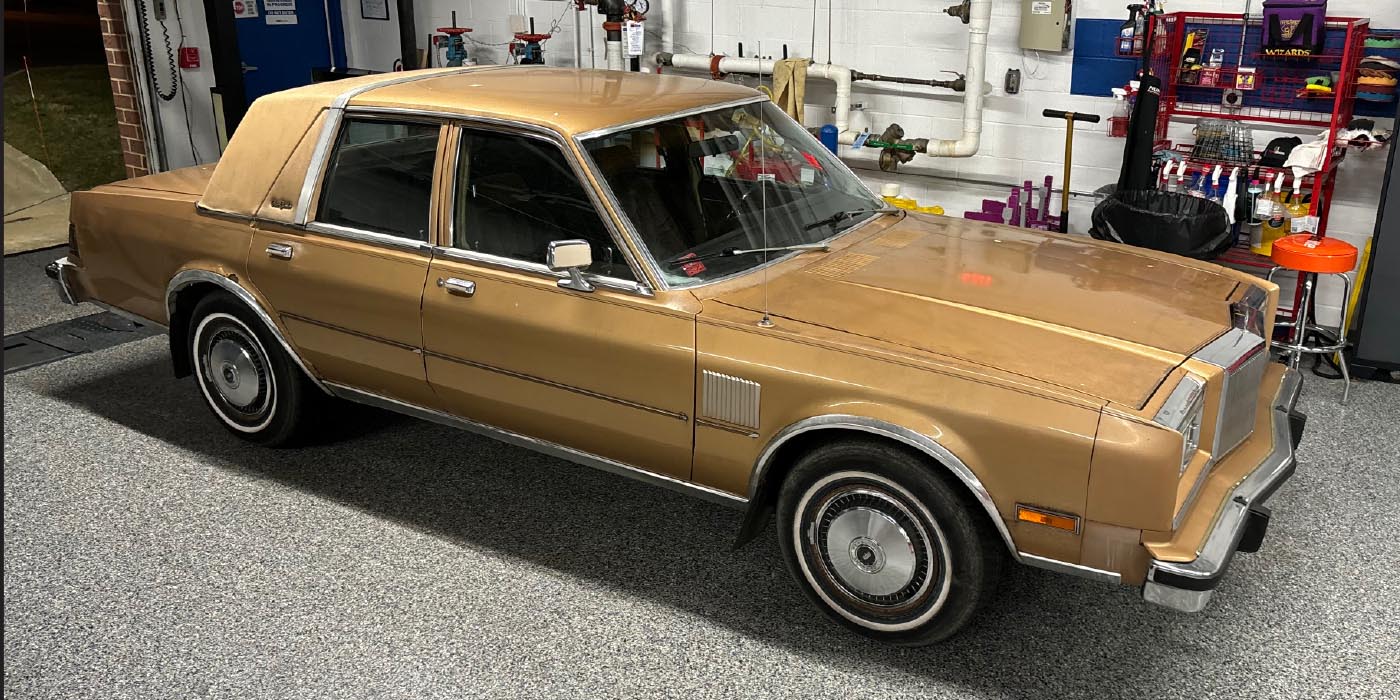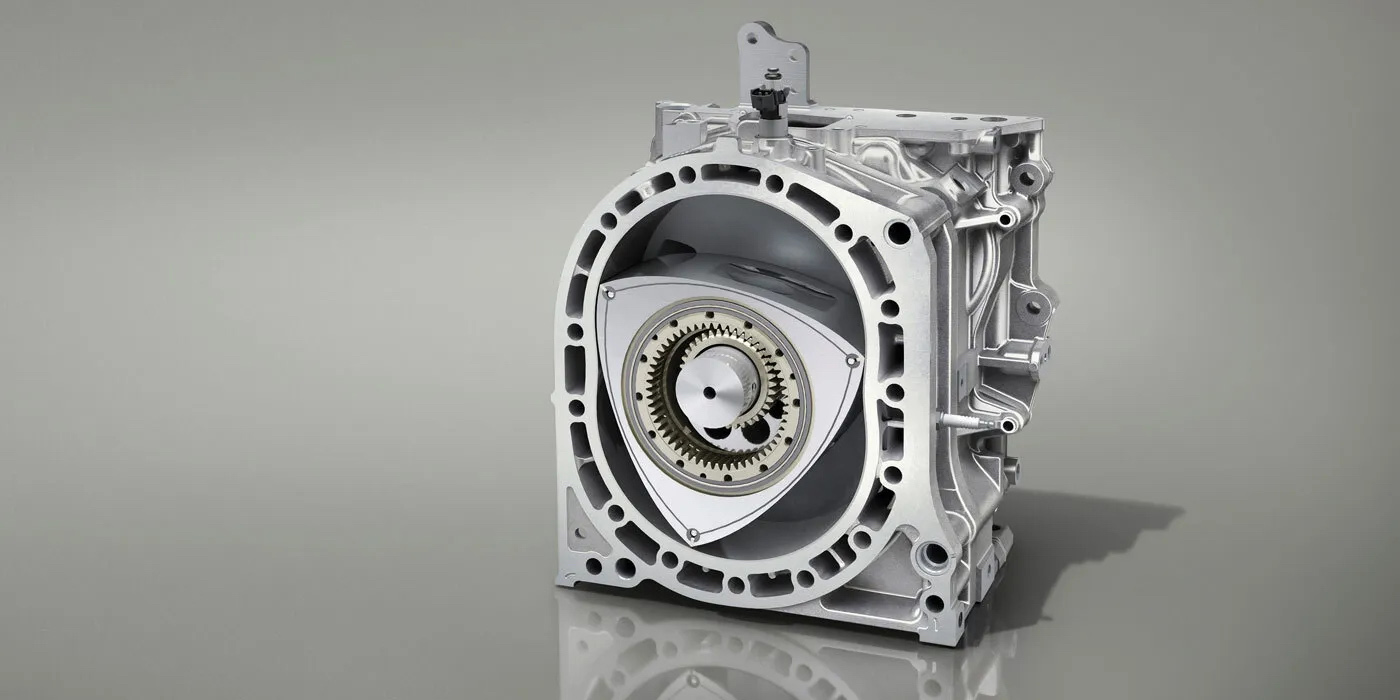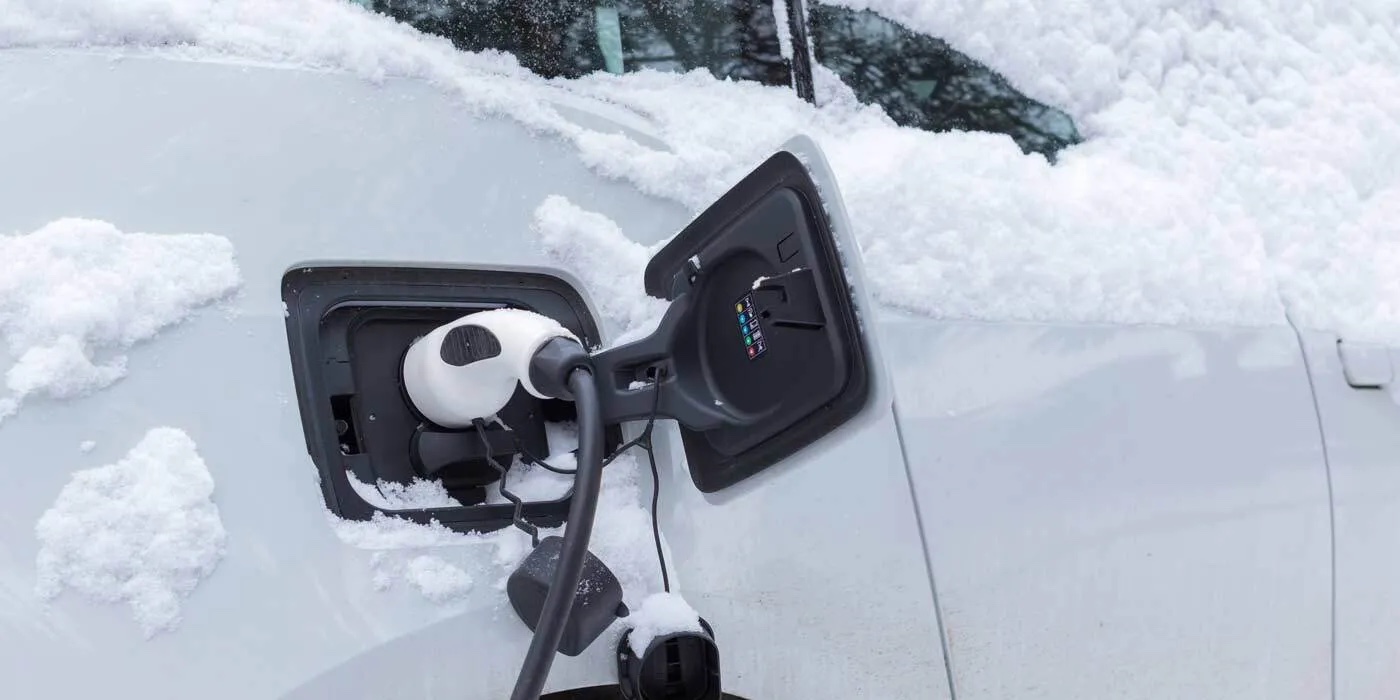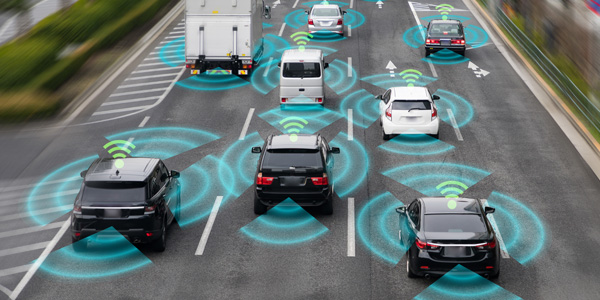
Artificial Intelligence is no longer science fiction – it’s fast becoming science fact.
Also known as “AI,” the technology that enables computers to learn and respond for themselves and accomplish tasks without human guidance has made tremendous strides in recent years and is now poised to have a significant impact on all aspects of society, including the automotive repair industry.
The auto repair industry is, historically, willing and adaptable to change, yet the next wave of technology will be the most disruptive shift we’ve ever seen. The current rate of change is accelerating at an unprecedented speed and shop owners who survive and thrive must, sooner rather than later, adopt new ways to manage their business and maximize profits in order to stay competitive.
Smart Machines Have Arrived
Artificial Intelligence is embedded in the day-to-day activities of several industries, most notably in health care where the technology is being utilized to make complex diagnoses on patients and even perform surgeries. A machine known as a Smart Tissue Autonomous Robot (STAR) was recently able to perform a basic surgery on a pig better and faster than human doctors, marking a true breakthrough in the field of AI-driven medical robotics.
Prosthetics manufacturers recently produced a cybernetic hand outfitted with small cameras that were able to react and trigger appropriate digital movements almost identical to that of a human hand.
Meanwhile, medical industry-specific apps such as Zocdoc are now able to instantly verify patients’ insurance claims by using an AI-guided algorithm that deciphers and understands the complex procedures and checkpoints associated with the process.
Tech giants like Google are at the forefront of using AI in data management, with “narrow AI” already in wide use on their search engine. The company’s Google DeepMind Health is an AI-based program, which dynamically mines medical records and symptoms in order to optimize and expediate the process of retrieving important information that doctors can use to treat patients more effectively.
Tiny cameras guided by AI-infused computers navigating tight spaces and making thousands of computations and producing a diagnosis in just a few seconds?
Insurance claims and important diagnosis data being processed at lightning fast speeds by highly-sophisticated AI-based algorithms?
It’s not hard to see these kinds of technology coming online quickly in the auto repair industry.
We Have Seen a Rudimentary Form of AI Before
Understanding how AI works can be likened to the transition from carburetors and “points” ignition systems of the ‘70s and before. These systems used physical and mechanical means of mixing air and fuel and managing ignition timing. They worked okay for a century but were not efficient, especially under extreme conditions.
Electronic Control Module (ECM) managed fuel and ignition systems have given us less emissions, higher fuel mileage and much more horsepower than the old ways ever could. Simplified, the computer processes data flow from multiple sensors, and then signals actuators to do certain things. Machine learning (an important component of AI) collects data, processes and learns from it and teaches the computer what to do with it in automating functions that humans used to do manually, mechanically in a much smarter, more efficient and consistent way.
The Dawn of a New Era
A recent example of AI in the auto industry includes automatic parking that led to the first steps of self-driving cars. This innovative car-maneuvering system coordinated a vehicle’s steering angle and speed via omniview (AKA “surround view”) technology, allowing cars to fit perfectly into a given space.
A few years later, advanced driver-assistance systems (ADAS) came along, augmenting various vehicle components to make driving safer and more efficient. Cars equipped with ADAS elements adapt to driving conditions instinctively, detecting potential collisions and other hazards vis-à-vis a variety of data sources such as radar, computer imaging and in-car networking. Adaptive Cruise Control (ACC) is a prime example of this technology.
These and other technologies are perfecting the final steps towards self-driving.
Don’t Be Left Behind
So what does all of this mean to you as a shop owner or manager?
With so much changing in the way cars are produced and fixed, technicians and shop owners will need to keep up with modern trends to survive in this highly-competitive profession.
Repair information and expertise on driver-assist technology have become commonplace in most repair shops, and, as AI technology continues to evolve at an accelerated rate, technicians will need to be able to diagnose and repair increasingly-sophisticated computer systems.
Methods by which cars are inspected are also changing dramatically. Just as medical professionals use smart machines to perform diagnoses faster and more accurately, so too will auto repair technicians need to become much more efficient through use of new tools and systems that cut admin, look-up and diagnose time to stay competitive and to meet the effects of the ever-growing shortage of techs and higher overhead.
If you don’t have or know how to use the newest and best technology, you can bet competitors will be learning. AI will drive early adopters to successfully dominate their markets and the rest to suffer and fight over the crumbs. Just look at Amazon vs. Sears and thousands of other brick and mortar retailers if you want proof of this trend.
These new technologies are not like it was 20 and 30 years ago where the cost of new tools and diagnostic equipment was so expensive it seemed impossible to ever bring in enough revenue from them to pay for them let alone make a profit before they became outdated and had to be replaced. All this just so your customers didn’t end up at the shop down the street.
The cost of staying “tooled up” became so great that at one point I adopted the policy of making my team show me and commit before the purchase to producing a sustained revenue stream from that tool, so we could pay for it and produce a decent ROI. But the problem with most of these tools is they only produce one source of revenue, which greatly lessens the chance to realize any kind of ROI.
There are new AI driven tools available today that have multiple revenue generating and cost savings streams that raise the total ROI beyond any historical models of any kind, beyond any real financial risk. And AI drives and insures each of the revenue streams automatically with simple settings, little oversight and verifiable real-time reporting. The question of whether you can afford AI-driven technology to run your shop is no longer relevant. The real question is, “How will I survive without it?”


